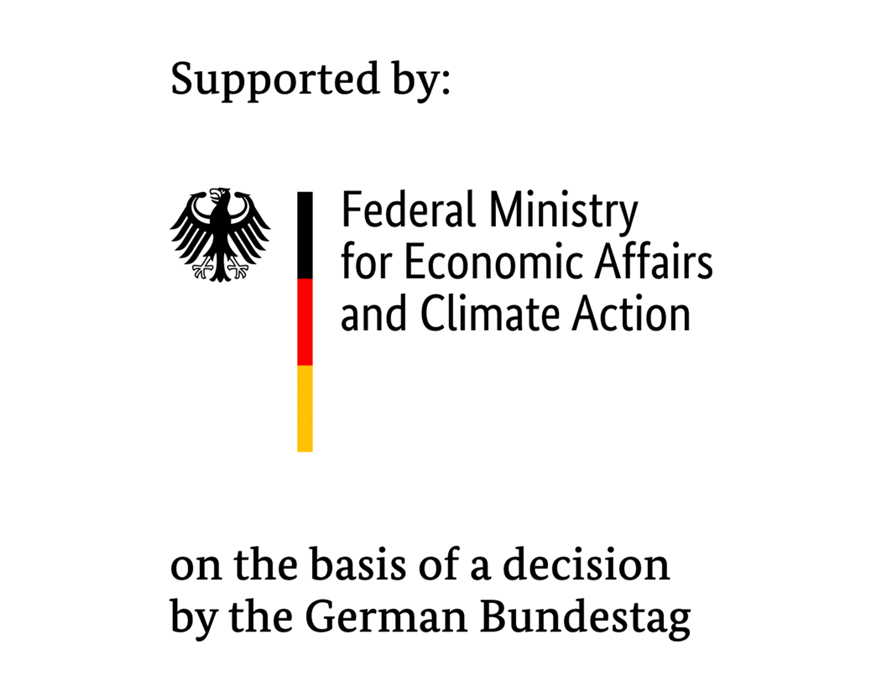| Funding: | Federal Ministry for Economic Affairs and Energy (BMWi) / PtJ |
| Partners: | University of Stuttgart (project coordination), Stuttgart Endowed Chair of Wind Energy (SWE) |
| Duration: | 07/2017 – 04/2021 |
Floating LiDAR buoy measurement systems offer decisive advantages compared with conventional offshore wind measurement methods such as measuring masts: They can be flexibly employed at different locations, are associated with lower investment costs, and can be installed more quickly.
However, measuring wind potential by means of LiDAR buoys presents a challenge: The accuracy of the measurements with this mobile system depends decisively on external factors such as the wave height and period as well as the wind situation itself.
The aim of the “MALIBU” project is to develop a model which describes the effect of the external influences on measurement performance. This allows the expected measurement uncertainty to be determined even prior to the start of the measurement campaign. This is possible as the environmental conditions at the site to be investigated are already known to a certain extent in advance.
For the development of a simulation environment for floating LiDAR buoys, a simulation model of a deployed buoy is synchronized with data on the environmental conditions for the LiDAR measurements. The model then calculates the extent of the uncertainties during wind measurement for different site conditions. The results are compared with the actual measurement data from the “Fraunhofer IWES Wind LiDAR buoy” and then against reference data from a wind measurement mast.
This method contributes to improving yield forecasts for offshore wind farms as either the site can be selected optimally on the basis of these results or slight adjustments can be made to the buoy system prior to the measurement campaign. Lower measurement uncertainties cut the costs of wind farm development and thus ultimately of energy production. In addition, they also contribute to greater acceptance of LiDAR measurement systems.
